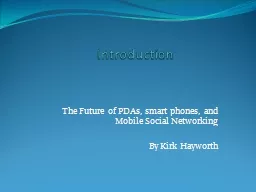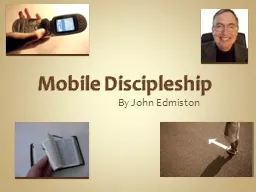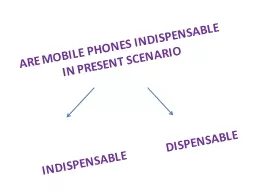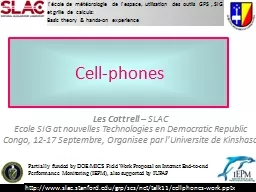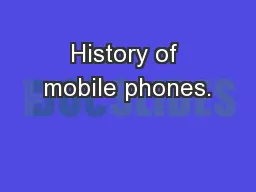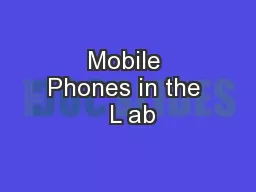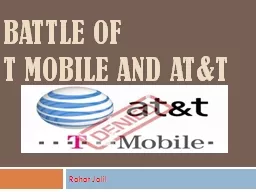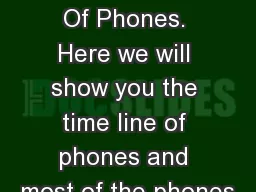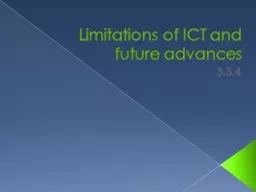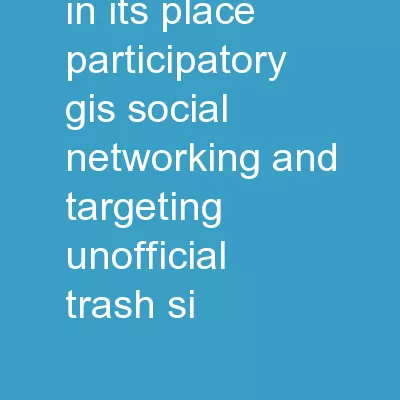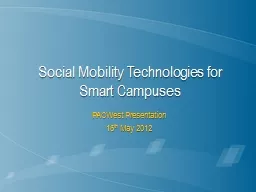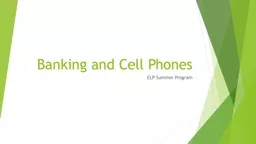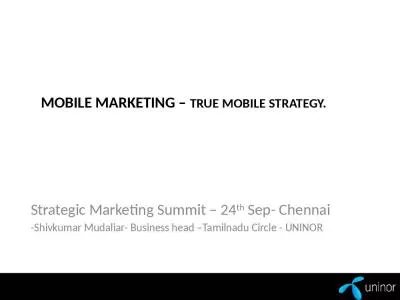PPT-Introduction The Future of PDAs, smart phones, and Mobile Social Networking
Author : olivia-moreira | Published Date : 2018-11-29
By Kirk Hayworth History of PDAs First PDA usually considered the CASIO PF3000 The Apple Newton also considered one of the first First PDAs were little more than
Presentation Embed Code
Download Presentation
Download Presentation The PPT/PDF document "Introduction The Future of PDAs, smart..." is the property of its rightful owner. Permission is granted to download and print the materials on this website for personal, non-commercial use only, and to display it on your personal computer provided you do not modify the materials and that you retain all copyright notices contained in the materials. By downloading content from our website, you accept the terms of this agreement.
Introduction The Future of PDAs, smart phones, and Mobile Social Networking: Transcript
Download Rules Of Document
"Introduction The Future of PDAs, smart phones, and Mobile Social Networking"The content belongs to its owner. You may download and print it for personal use, without modification, and keep all copyright notices. By downloading, you agree to these terms.
Related Documents

